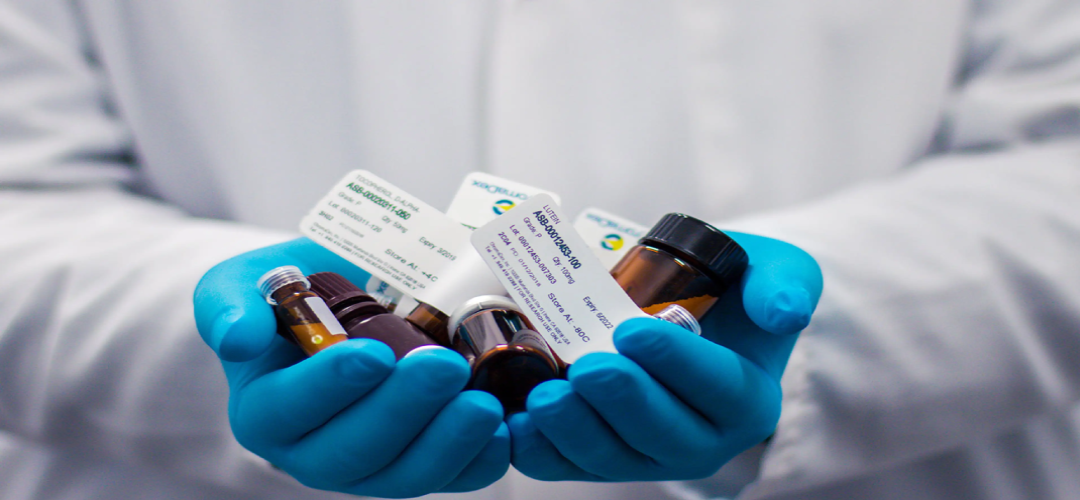Practice of Medicine – Art or Science
February 10, 2024 | Expert Insights

The medical industry has come a long way in terms of research and development of treatments for various concerns. People now view healthcare as a science-driven practice, but most of the science stems from trial and error, observation and judgements.
We are now at a time when sophisticated treatments for oncology and rare malignancies are in their trial-and-error period, increasing the gap between what is known and what treatment can be backed up by science.
Therefore, the question arises: is the practice of medicine an art based on the science of what is known or the science based on the art of human judgements?
Background
To lay the groundwork, we must go back to the oldest practices of medicine. It is tricky to pick one encompassing such a vast idea; one can start with neurosurgery. The first “surgeons” in the Neolithic period performed one of the most ancient methods of neurosurgery called Trephination. It involved using stone and metal tools to make a hole in the patient’s skull. By 129-199 A.D., trephining was a standard procedure on head trauma patients to relieve pressure, remove skull fragments, drain stagnant blood, and treat epilepsy, mania and melancholia. Headaches after head trauma or injury were described as a “pounding” or “intense pressure”, which is why doctors thought to relieve the pressure through trephining. However, surgery was not considered a scientific procedure until the 1700s and was performed while the patients were completely conscious.
General and local anaesthesia had a tricky journey down the path to implementation. Anaesthesia evolved from the discovery that the coca plant has a proactive alkaloid called cocaine that has a sensory numbing effect on animals. However, its addictive nature and spike in rates of systemic intoxication caused doctors to abandon it, and administering it through injections in high concentrations made it unsafe to use on patients. It was dentists who pushed for safer developments of anaesthesia since most of their patients came with pain or treatments that involved painful procedures. It became more readily implemented once doctors discovered that they could administer it with ether or nitrous oxide gas. On 16 October 1846, William T.G. Morton, a young Boston dentist, and John Collins Warren, a surgeon at Massachusetts General Hospital, made history by successfully using diethyl ether "anaesthesia" to alleviate pain during surgery.
The theory and the practice of Trephination works with evidence across time and geographies like Asia, Africa, Oceania and the Americas to prove it. But it took science to understand the process of healing, like the process of treating for surgeries of any kind, to be recognised as a legitimate scientific procedure. The very idea that patients would be chained down or held by surgeons without any anaesthetics while they drill a hole into their skull is preposterous in this generation. In saying this, the procedural survival rates and effectivity were surprisingly high as they were performed in patients' homes. Once surgery settings switched to hospitals, mortality rates rose because of post-surgery infections that were rampant. Now, modern neurosurgery boasts of less invasive and minimally invasive surgeries that use laparoscopic devices and controlled-remote manipulation of the instrument through observation of the surgical field.
Depending on the type and stage of cancer, chemotherapy and radiation are effective, and oncologists can also give their expertise judgements and paint a picture of what the treatment would look like for the patient. However, this kind of therapy can kill healthy cells in the process, causing side effects that impact the patient's overall quality of life. The 2000s marks the beginning of targeted therapy for cancer. In advanced modernised treatment developments like chimeric antigen receptor (CAR) T-cell therapy, they harvest a patient's T-cell, re-engineer them in a lab to produce proteins on their surface called chimeric antigen receptors, grow millions of them and infuse the (CAR) T-cells into the body. T-cells help the body orchestrate an immune response and directly attack cells infected by pathogens. The conditions seem ideal, but the implementation is still under trial to understand the feasibility, side effects and developments of primary and secondary malignancies. In this sense, the practice of medicine seems vaguer and fluid to findings, as opposed to just solutions. For these treatments, science seems to be at square one in many ways, and clinical trials are the only way for doctors to verify them.

Analysis
John Hunter, an eighteenth-century Scottish doctor and considered the father of scientific surgery, was a big advocate of careful observation and scientific methodology in medicine. Surgeons treated fractures for centuries, but he was the first to fully study the healing process. His contributions led to surgery attaining the dignity of a scientific procedure. The medical industry's focus has shifted from simply treating the patient to the overall healing of a patient. A spike in post-surgical infection rates after hospitalised Trephination indicated a need to focus on post-treatment hygiene and care. Anaesthesia is a standardised modern practice in most surgical procedures, but the progressed faith in the drug depended on science's ability to focus on the safest methods to administer it.
People trust science because it is backed by facts, and every new medical development goes through stages of trials and errors, documentation, correlations and judgements through clinical expertise. Over the years of scientific enquiry and understanding, we have new norms to treat small and big ailments with procedures that have been tried and teste d. However, treatments like (CAR) T-cell therapy are equivalent to administering a living drug to the patient and come with complications like primary secondary malignancies that develop after the treatment. When dealing with patients who have entrusted their health to a doctor in a hospital, there is an art to communicating with patients and making them feel confident in the doctor and more in control over the situation. A majority of the art is attributed to the vocabulary and tone in which facts are conveyed to the patient. More scientific backing gives doctors more confidence, which can make patients feel more in control. With recent treatments, the practice of medicine does tread the line of artistic judgement, making what is backed by science a colour palette for the specialist to work with what is known. So the art of medicine can be compared to the number of times it achieves positive results in patients (like the aesthetic value of art to its viewer), and the science is justified by how standardised the colour palette can become in treatments for a spectrum of patients which makes it a practice (like the paint colours for the painter).
Assessment
- From drilling 1-4 inches of the skull without anaesthesia to minimal invasive neurosurgeries and standardised anaesthetics, the practice of medicine has grown with the confidence of becoming increasingly patient-friendly.
- Medicine has evolved from science that focuses on the overall treatment of patients and finding solutions with the principle of minimal harm. Modern and technological advancements are highly accomplished, but the perception of how effective medicine is disproportionate to how much it can be verified by science.
- However, newer developments that require the leeway for clinical trials have resurfaced the debate about whether the practice of medicine is an art or a science. The answer is it is a delicate balance of both. Modern advancements in medicine are artistic in judgements because of the presumptions that they will work based on what is known and what can be backed by facts.








Comments